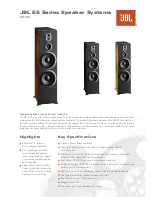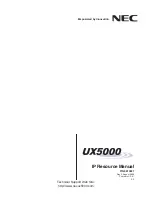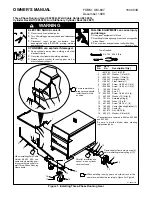
13
8.2. Reverberation and reverberation time
8.2.1. Reverberation
When a sound is generated inside a closed space, all room surfaces produce a series of reflections.
The magnitude of these reflections fades out more or less quickly as time passes.
The speed of this sound decay depends on the absorption characteristics of the room surfaces. The
higher the absorption, the quicker the attenuation. The amount of decaying sound once the sound
source has stopped emitting is called reverberation.
Example of sound pressure decay as a function of time.
A room with large amounts of reverberation is also called a “live” room (factory plant, church, sports
arena, etc.), as opposed to an acoustically “dead” or “dry” room, where the decay of the reverberation is
much quicker. (recording studio, voice booth, etc.)
The parameter that quantifies the amount of reverberation inside a closed space is known as
reverberation time, commonly expressed as RT
60
.
8.2.2. Reverberation time RT
60
The RT
60
is defined as the time necessary for the sound pressure to decay 60dB below the initial
pressure level before the sound source stopped emitting.
Generally speaking, the RT
60
varies with frequency, tending to be shorter as frequency rises. This is in
part caused by the higher absorption coefficient at high frequencies of commonly employed acoustic
treatments. Air absorption and low relative humidity are also responsible for this effect, but are
especially important in very large spaces.
As just mentioned, RT
60
is a function of frequency, but often one single value (the average of
reverberation times at 500Hz and 2kHz, RT
mid
) is given as a reference for characterizing the
reverberation of a room.
Содержание CKL110
Страница 1: ...USER MANUAL MANUAL DE INSTRUCCIONES MANUEL UTILISATEUR CKL SERIES...
Страница 2: ......
Страница 44: ...44 10 DIAGRAMS 10 DIAGRAMAS 10 DIAGRAMMES...
Страница 45: ...45...
Страница 46: ...46...
Страница 47: ...47...














































